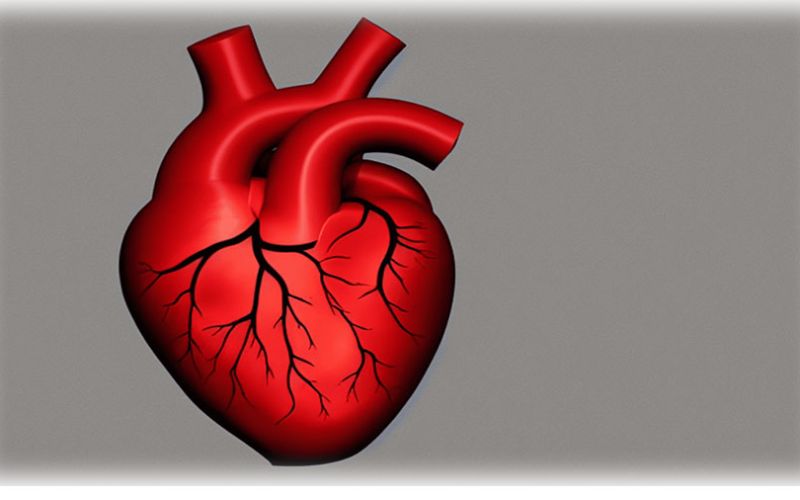Thoracic Aortic Aneurysm
The aorta is the largest blood vessel in the body measuring just over an inch in diameter. The aorta carries blood directly out of the heart to the rest of the body including the head, arms, abdomen, and splitting off to each leg. An aneurysm is a weakening in the wall of the blood vessel allowing it to enlarge and “balloon out” over time. Aneurysm formation can be related to environmental and genetic factors. An aneurysm can occur in any blood vessel in the body. The most common location for aortic aneurysms is in the abdomen. These are most often treated by vascular surgeons. An aneurysm in the first part of the aorta is an ascending aortic aneurysm. Aneurysms can be concerning due to their risk of rupture or dissection (a tearing of the arterial wall layers). Aneurysms are often asymptomatic and found as an incidental finding on a ct scan performed for another purpose.
- Some risk factors for aortic aneurysm include:
- High blood pressure
- Smoking
- Atherosclerosis or hardening of the arteries with plaque
- Changes to the aorta due to advancing age
- Inflammation of the aorta
- Genetic weakening of the tissues comprising the aortic wall
- “Familial” predisposition
Symptoms are often non existent, but if an aneurysm gets big enough it can push on surrounding organs especially near the neck causing hoarseness, trouble swallowing, pain in the upper back or chest.
The first step to diagnosis is often a ct scan performed for another reason. Other imaging studies such as an MRI or ultrasound of the heart can also identify an ascending aneurysm. Because aortic aneurysms expand slowly and tend not to cause symptoms they can be difficult to identify. Many aneurysms do not require surgery and can be followed with serial imaging to evaluate for growth or changing characteristics.
- What is the best test for an ascending aneurysm?
- Typically ascending aortic aneurysms are identified and followed with a ct angiogram of the aorta. This is a specialized ct scan of the chest with dye in order to get very accurate size measurements of the aorta. Accurate sizing is important because it is one of the factors in determining the course of treatment.
- How do I know if I need surgery for my aneurysm?
- There are many factors to consider in treatment for an ascending aortic aneurysm. Some factors include aneurysm size, overall body size, sex, age, rate of growth, need for other cardiac surgery. You doctor and thoracic surgeon will discuss with you the risk factors and complete an evaluation to determine if your aneurysm should undergo surgery or if a period of serial scanning and observation is in order.
- How can I keep my aneurysm from getting larger?
- Good blood pressure control is important in delaying aneurysm growth. Often you will be prescribed a beta blocker medication and possibly an ACE inhibitor. These medications in conjunction have been shown to help reduce aneurysm growth. Many patients can be followed for years with these medications. High blood pressure puts more stress on the aortic wall and thus it is very important to have good blood pressure control when you have an aortic aneurysm.
- What if I require surgery for my ascending aortic aneurysm?
- If you require surgery for an aneurysm in your chest the next step is to meet with a cardiac surgeon. She will discuss in detail the type of surgery you need as not every aneurysm surgery is the same. Often further testing such as a transesophageal echo or coronary angiogram will be needed. It is very common to require aortic valve surgery at the time of ascending aortic aneurysm repair. Ascending aortic aneurysm surgery is a type of major open heart surgery and will require opening of your breastbone and being placed on the heart lung machine. You can plan on a few days in the intensive care unit after surgery. The operation is designed to replace the diseased portion of the aorta with a polyester tube that won’t tear or expand.
